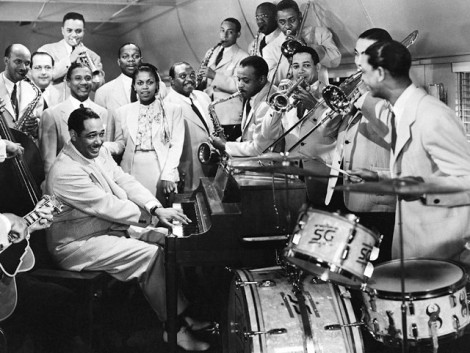
Videos by American Songwriter
“Out of clutter, find simplicity.”
– Albert Einstein
At the time of this writing, The Songwriting ABCs channel on YouTube has accumulated twenty videos. We’ve cleared the sight-reading section and are now up to Ex. 5 in the “Read and Play” from Excerpt 1. If you haven’t looked at the videos in a while, you might want to catch up, as the last couple of mini-lessons feature a discussion of pickup beats and the rolling wave rhythm that were not in Excerpt 1 itself. This includes some pretty useful stuff that is not too widely known (especially since some of it was made up by yours truly).
A clutch of new videos are coming out soon, but while we’re waiting, I thought it might be a good idea to get a head start on the upcoming chapter, so I decided to release Excerpt 2 a bit early. You can get it by emailing info@americansongwriter.com and writing “Request Compose Yourself, Excerpt 2” in the Subject line.
No way around it, folks: Excerpt 2 is loaded with theory. In fact, it’s the equivalent of a couple of semesters of music fundamentals at your friendly local junior college. Some people love this stuff, and some people hate it, so before anyone gets up and runs for the exits, please hang on a second longer and let me explain why you might want to stay.
First off, let me say, “I feel your pain.” When I went to my first guitar lesson as a teenager, my teacher, Pete Sessions, happened to be a theory maven and a bit of a theory maverick, too. He wanted to share some of his insights into the magical, abstract framework of music, but as he started talking about intervals, tritones, and the circle of fifths, my stomach started getting queasy. “Just show me how to play!” I wanted to shout.
Obviously, I don’t feel that way now, and I am actually very grateful to Pete for opening the door to music theory for me, but when it came to writing this chapter of the book, I had a lot of doubts. So here’s why I decided to go all out with it: the tangle-wood of theory conceals a gleaming gem of musical truth that is as useful as it is beautiful. If you can hold out to the end of the chapter, you will collect this gem as a reward for your patience. And no, it’s not something you will find in any other book of this kind. It’s something that has been a theme throughout “Measure for Measure,” ever since the first column two years ago.
As for the beginning and middle of the chapter, I had to ask myself what I could do to make things like intervals and triads more interesting. First of all, as a guitar player, I had always had trouble playing the examples in the books that Pete and other teachers recommended to me. So I made all of the examples playable on guitar and included tab. (Piano players will have no trouble with these examples at all.) I will be playing all of the examples in videos, too.
Second, as I studied theory in college, I often found myself asking, “Why? What’s the point?” As I began to write, I remembered all those nagging questions and tried to answer them. There is a grand scheme to music theory, and the earlier you see that, the more interesting it becomes.
One of the things that can make theory unnecessarily dull, it seems to me, is that there are so many “givens,” like triads (the three-note combinations that make up chords). The sound of a triad itself seemed strangely perfect to me, and I wondered why and how it worked, and why it always looked the same on the five-line staff: three adjacent lines or three adjacent spaces. But the idea that you could repeat the triad pattern on every note of the scale and still get perfect-sounding chords, one after the other—that seemed so improbable it blew my mind. I wanted to know more about it, but most theory books simply glossed over the question. “Here it is, now learn it,” seemed to be the rule.
That’s what motivated the journey into history you’ll find in Excerpt 2. Music being played in concert halls, studios, and barrooms in Nashville, Los Angeles, and New York today has roots going back to the Renaissance and beyond, all the way to ancient Greece. But there’s a common theme throughout the centuries. I tried to elucidate it here and in the following lesson (to be released as Excerpt 3), so that you could understand the “Why?” as well as the “How?” of musical design.
Finally, if you want to talk to other musicians about music, this is all stuff you just have to know. In music, walking the walk is the main thing, yes, but talking the talk is vital, too.
I am sure that there will be more questions about Excerpt 2 than anything in the column or in the Songwriting ABCs series to date, so please email them to composeyourself@live.com. I will do my best to answer swiftly. Your questions may also appear in blog posts and help others understand the ins and outs of theory, so fire away.
Some of my views have changed since the publication of Compose Yourself, particularly about ear training, and I will make that the subject of the next blog.
Meantime, enjoy the new chapter, and please let me know what you think.













Leave a Reply
Only members can comment. Become a member. Already a member? Log in.